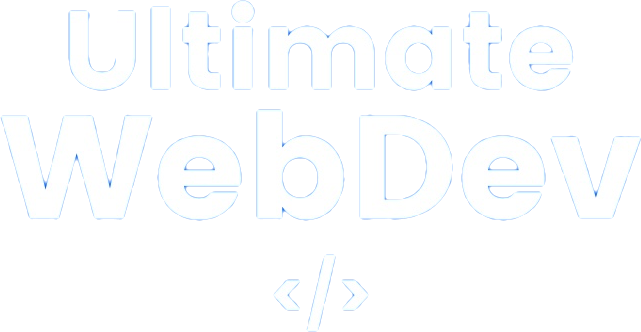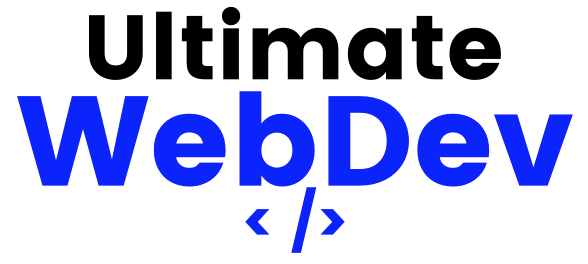HTML Symbols
HTML symbols, often referred to as character entities or HTML entities, are a collection of special characters and symbols that can be used within HTML documents. These symbols are essential for displaying characters that may have special meanings in HTML, such as angle brackets, quotation marks, and other reserved characters.
Purpose of HTML Symbols
The primary purpose of HTML symbols is to represent characters and symbols that have specific meanings in HTML or to display characters that are not found on a standard keyboard. These symbols serve various essential functions:
Character Encoding: HTML symbols are used to encode characters that have special meanings in HTML, such as
<and>for tags,&for entities, and"and'for attribute values.Special Characters: Symbols like
©(©) and®(®) represent special characters, providing a standardized way to display copyright and trademark symbols.Mathematical Notations: HTML symbols include a wide range of mathematical and scientific symbols, making them valuable for expressing mathematical equations and scientific content.
Pictograms: Symbols such as
♥(♥) and☆(★) are used to display various pictograms and icons in web content.Language Characters: Special characters from different languages can be represented using HTML entities, allowing you to display multilingual content.
Common HTML Symbols
HTML symbols include a wide range of characters and entities. Below are some of the most commonly used HTML symbols, along with their entity names and descriptions:
Basic Symbols
<: Less than symbol (<).>: Greater than symbol (>).&: Ampersand (&).": Double quotation mark (“).': Single quotation mark (‘).
Special Characters
©: Copyright symbol (©).®: Registered trademark symbol (®).™: Trademark symbol (™). : Non-breaking space ( ).­: Soft hyphen ().
Mathematical Symbols
×: Multiplication sign (×).÷: Division sign (÷).±: Plus-minus sign (±).−: Minus sign (-).²: Superscript 2 (²).√: Square root (√).π: Pi (π).∑: Summation (∑).
Pictograms and Icons
♥: Heart symbol (♥).☆: Star symbol (★).✓: Checkmark (√).✗: Cross mark (×).&arrow;: Arrow symbol (→).
Language Characters
á: Small letter A with acute accent (á).ç: Small letter C with cedilla (ç).ñ: Small letter N with tilde (ñ).€: Euro symbol (€).¥: Yen symbol (¥).
Usage of HTML Symbols
HTML symbols are typically used within HTML documents as character entities. To display an HTML symbol, you can use its entity name or entity number, both enclosed in & and ;. Here are a few examples of how to use HTML symbols:
Using Entity Names: To display a copyright symbol, you can use the entity name
©as follows:This is an example of the copyright symbol: ©Using Entity Numbers: HTML symbols can also be represented using entity numbers. For instance, the entity number
©is equivalent to©. Here’s how you can use it:This is another way to display the copyright symbol: ©In Attributes: HTML symbols can be used in element attributes, such as the
altattribute of an image element:<img src="heart.png" alt="Love ♥">In JavaScript and CSS: HTML symbols can be used in JavaScript and CSS, but you may need to escape them differently. In JavaScript, you can use
\ufollowed by the Unicode code point. For example,\u00A9represents the copyright symbol. In CSS, you can use the Unicode character code, such ascontent: "\00A9";to display the copyright symbol.
Practical Examples of HTML Symbols
Let’s explore some practical examples of using HTML symbols in real-world scenarios:
Example 1: Displaying Mathematical Notations
HTML symbols are commonly used to display mathematical equations and notations. For example, you can use the ∑ entity to represent a summation symbol (∑) in mathematical content:
<p>The formula for the area of a circle is A = πr<sup>2</sup></p>
<p>The sum of the first ten natural numbers is 1 + 2 + 3 + ... + 10 = ∑ (n = 1 to 10) n</p>
Example 2: Adding Pictograms and Icons
HTML symbols are a convenient way to add pictograms and icons to your web content. For instance, you can use the ☆ entity to display a star symbol (★) in a product rating:
<p>Product Rating: 4.5 ☆</p>
Example 3: Representing Language Characters
HTML symbols are helpful for displaying characters from different languages. If you have multilingual content, you can use entities like á for accents and diacritics:
<p>Spanish word for "yes" is "sí"</p>
<p>The French word for "house" is "maison" (màison).</p>
Example 4: Handling Special Characters
HTML symbols are invaluable for displaying characters with special meanings in HTML, such as angle brackets and ampersands. You can use entities like < and & to prevent these characters from being interpreted as HTML tags:
<pre>
<p>This is a paragraph tag.</p>
<a href="https://example.com">Visit our website</a>
</pre> HTML symbols play a crucial role in web development by providing a standardized way to represent special characters, mathematical notations, icons, and language characters within HTML documents. They ensure that content is displayed correctly and consistently, even when dealing with characters that have special meanings in HTML or when representing characters not found on standard keyboards. By understanding the purpose and usage of HTML symbols, you can effectively incorporate them into your web development projects, ensuring that your web content is informative, visually appealing, and multilingual-friendly.

